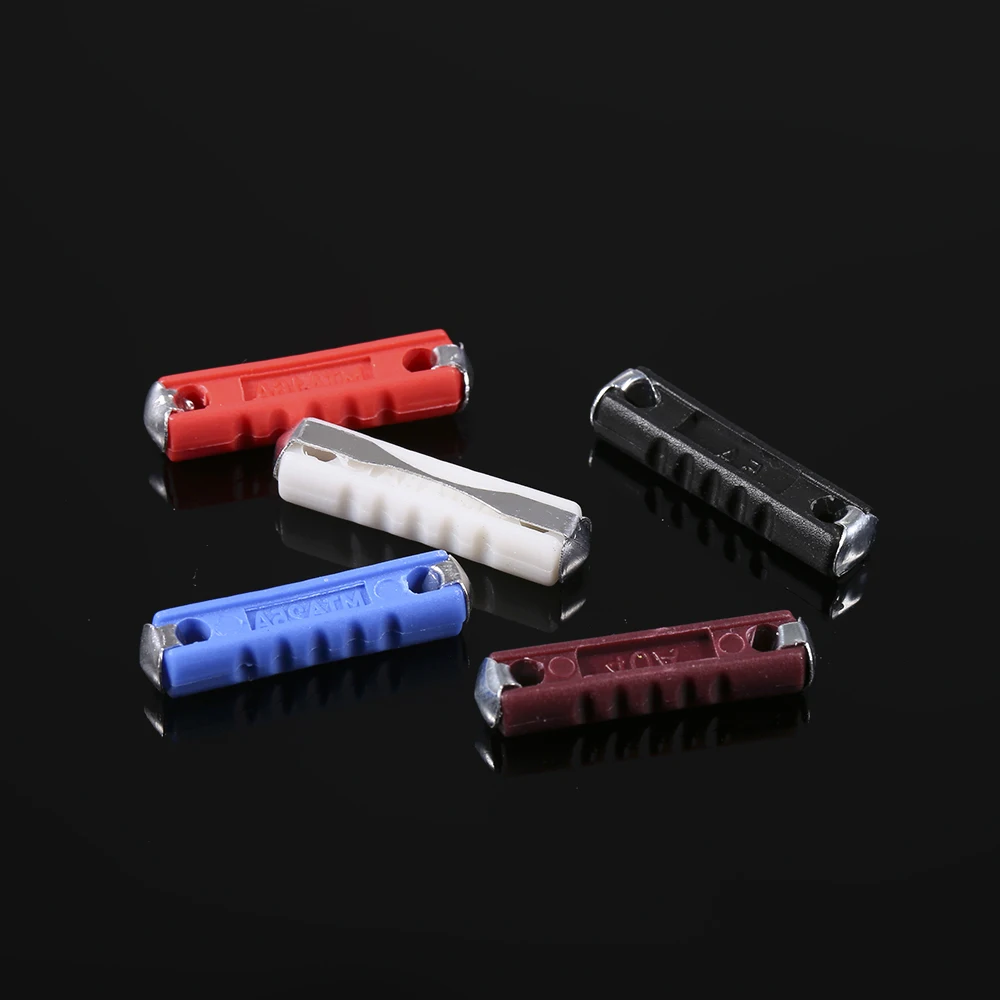Gears are pivotal in the design of machinery, enabling precise motion and power transfer. This article explores the types of gears, their applications, and the use of geocomposites to optimize mechanical systems.

How do gears function?
Gears transfer motion and torque by meshing teeth, allowing adjustments in speed and direction. Their precision ensures smooth operation in tools and machines of all sizes.
What are the key types of gears?
- Spur Gears: Common in basic applications like conveyor systems.
- Helical Gears: Smooth-operating gears used in automobiles.
- Bevel Gears: Facilitate motion transfer at angles, seen in hand drills.
- Worm Gears: High-torque solutions for compact systems like elevators.
What is the importance of gears in engineering?
Gears provide energy efficiency and precision in industries like robotics, manufacturing, and renewable energy. Geocomposites complement these systems by reinforcing stability and reducing vibrations.
How is gear performance maintained?
Lubrication, regular inspections, and structural enhancements with geocomposites help reduce wear and extend the lifespan of gear systems.
Gears, in conjunction with geocomposites, are vital components driving efficiency and innovation in modern engineering and technology.